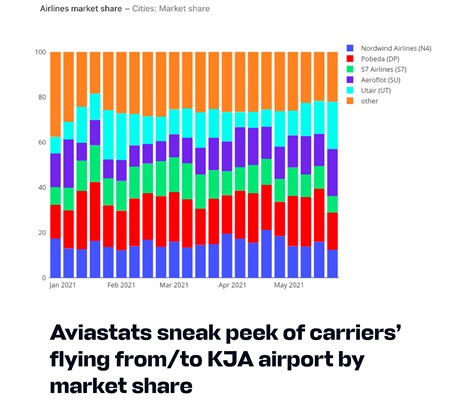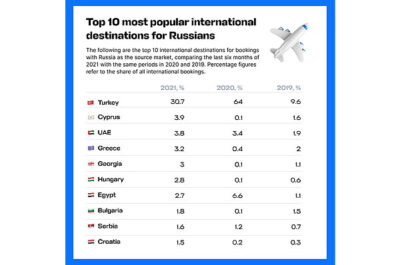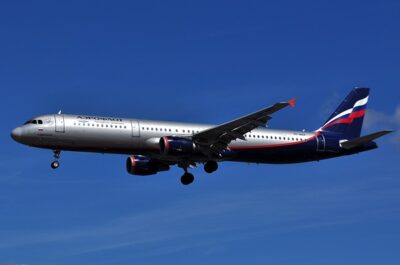One of the possible sources for the data is meta search engines like Aviasales. The company operates through Eastern Europe and recently launched Aviastats, an analytics service for airlines, airports, and online travel agencies.
Despite the fact that the catchphrase ‘data-driven’ has become a buzzword, one the most related search question in Google is ‘What does it mean to be data-driven?’. Meaning not many people understand the actual role of data.
While in fact, data is a fuel for the modern travel industry. Starting from new routes opening, pricing strategy, customer analysis, and so on. One of the possible sources for the data is meta search engines like Aviasales. The company operates through Eastern Europe and recently launched Aviastats, an analytics service for airlines, airports, and online travel agencies. So we rounded up with Yaroslav Kotyshov, Aviasales VP Revenue Management to shed light on data for travel business nowadays.
– Yaroslav, today it’s impossible to find a field where there’s no talk about data-driven approach. Tell us, how does the travel sector work with data?
I don’t have an answer about every single type of data. When describing distribution and pricing, there are easily noticeable patterns. Before [the pandemic] to calculate profitability it was enough for an airline company to only have their own data. For instance, in 2019 merely having retrospective information on ticket sales was enough to understand the situation at hand. But when countries started placing restrictions and flights were being cancelled one after another, the already gathered data became outdated.
To plan new routes major carriers could afford third-party analytics, but there were those who had to rely on their gut feelings to attempt to guess the public’s demands.
– You mentioned demand. How can data analysis predict it?
There is no such thing as fortune telling in travel. Flight occupancy rates depend on many factors, such as the market size, the frequency of the flight, connections with other airlines and how active the competitors are. However, if we look on the broader side of things, and not just the total amount of passengers, routes, airlines and seat availability, we will discover a few interesting trends. Let’s imagine a hypothetical situation in which 30% of passengers travelling from Cologne to Paris are located in Maastricht. Knowing this, a carrier can provide mixed-mode travel solutions: a flight to Cologne with a bus transit to Maastricht. Such practices are already being put in place by some LLCs, for example, Russian Pobeda Airlines.
There are also more short-lived trends. For instance, when a popular blogger makes a video about an unusual traveling route, the demand for it will increase several times. This is also something destination marketing organisations (DMOs) can use and profit from.
– Speaking about the way users behave during quarantine, has anything else changed?
A lot has, actually. That’s the reason why we’re talking about how useful our service is, the old algorithms just don’t work anymore. First and foremost, the ratio of domestic and abroad travel changed dramatically. Americans and Russians are more interested in the former category — at this point about 95% of all flights are domestic. Not only that, but people began booking tickets at the very last moment, since they cannot be sure if there will be a chance for them to actually go somewhere due to travel restrictions. At the same time the intention for international travel is very high. It’s easily explainable, since last year most of us stayed at home.
– Data also includes competitors’ airfares, so how do airlines analyze this information?
Price monitoring is a rather laborious process. And some airlines still do it by hand! So the advantage of services like Aviastats is obvious — meta search engines work with a tremendous amount of data, including airline fares and the price changes in real time.
– Tell us more about what makes Aviastats unique. How does the service work?
Our service is created for more precise route planning and profit management. Aviastats is based on Aviasales data — a travel search engine with 15 million monthly active users. We analyze their search queries and clicks to online travel agencies. With Aviastats it’s possible to analyze the exact share of airlines on each route. Also, the service tracks the change of prices and demand on various destinations. Our statistics reflect the market as a whole, including low-cost carriers’ tickets that might not be found in GDS.
Find out more about Aviastats or request a demo here https://aviastats.ru/en




























































































































































































